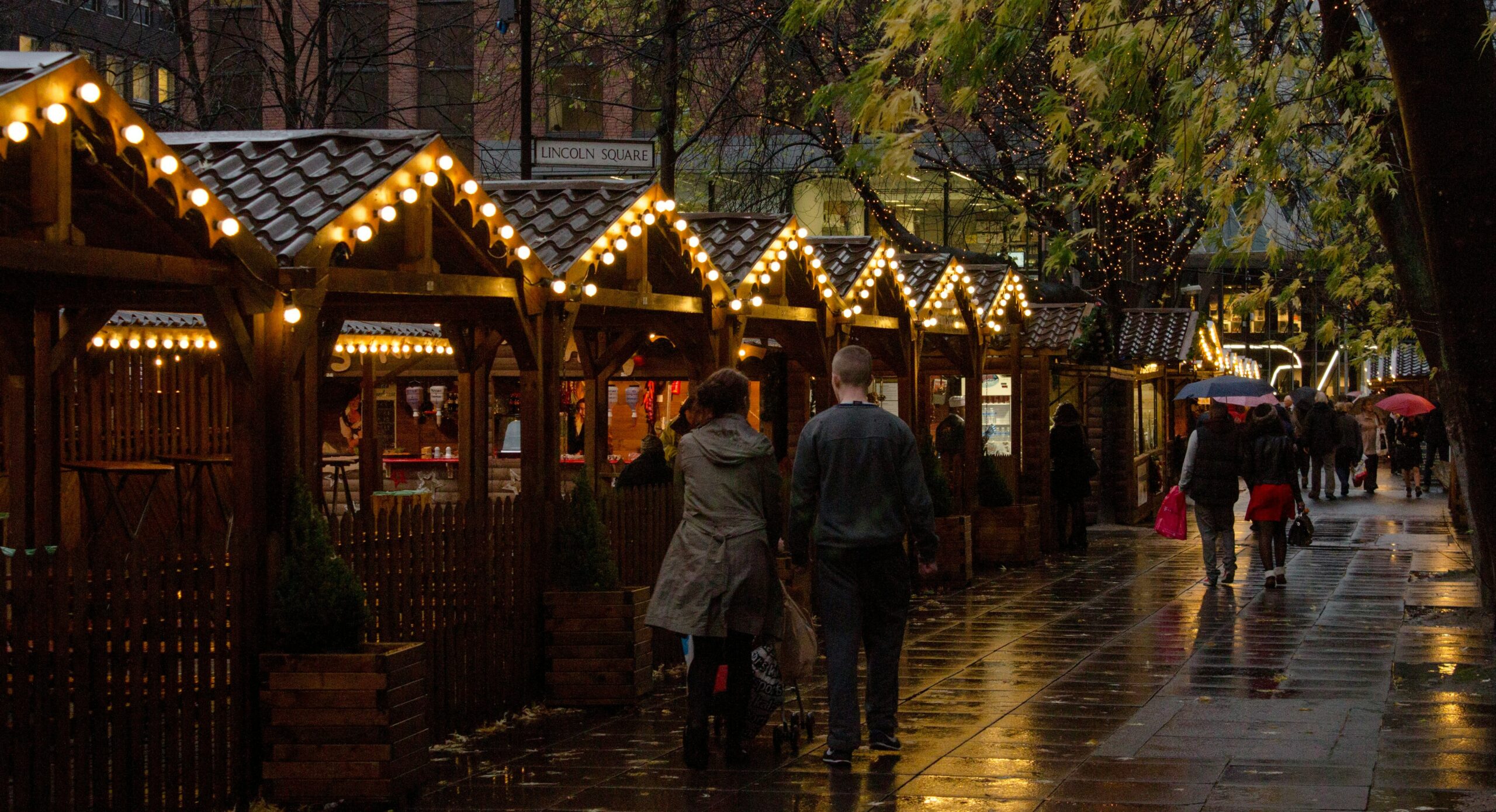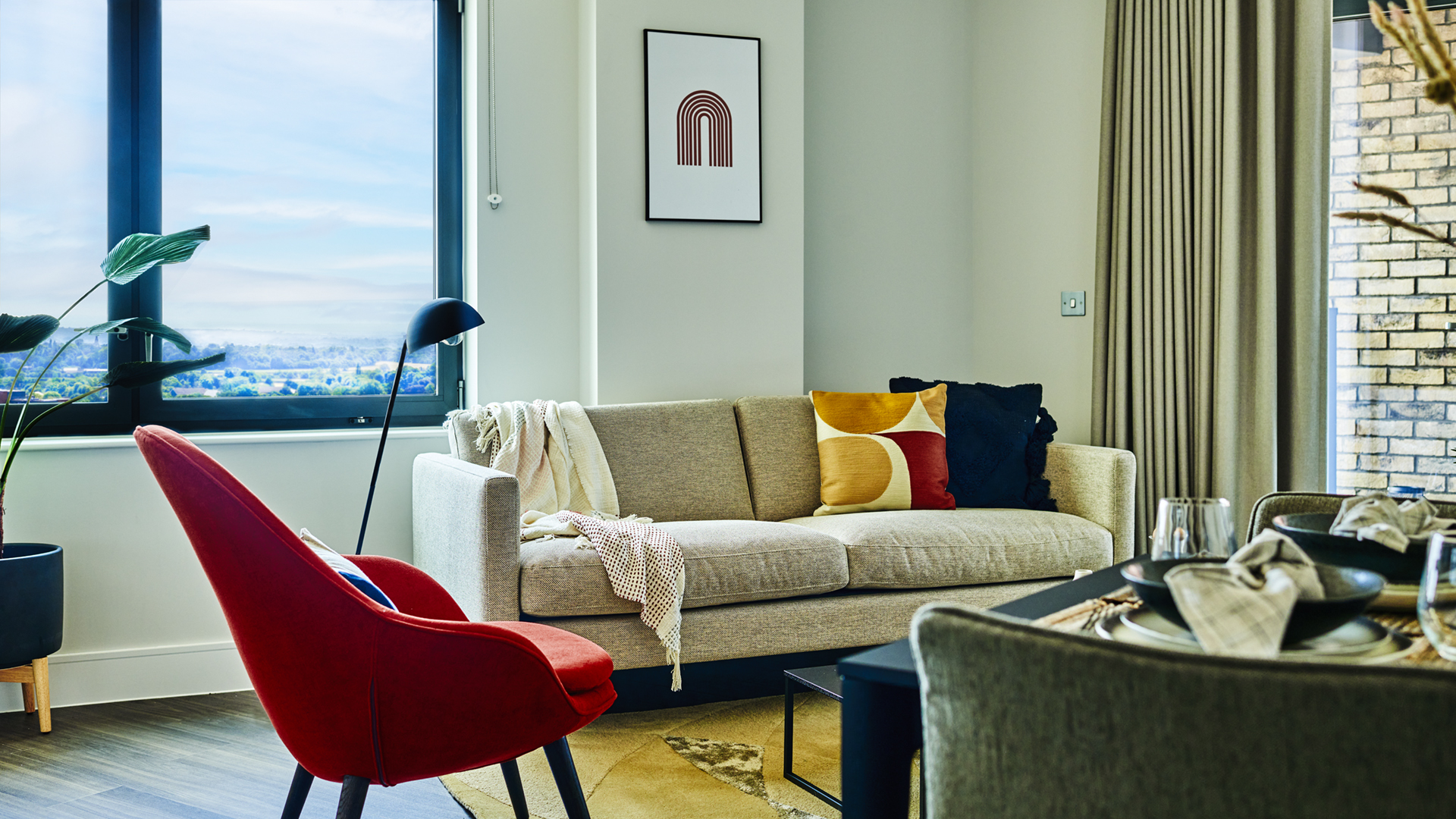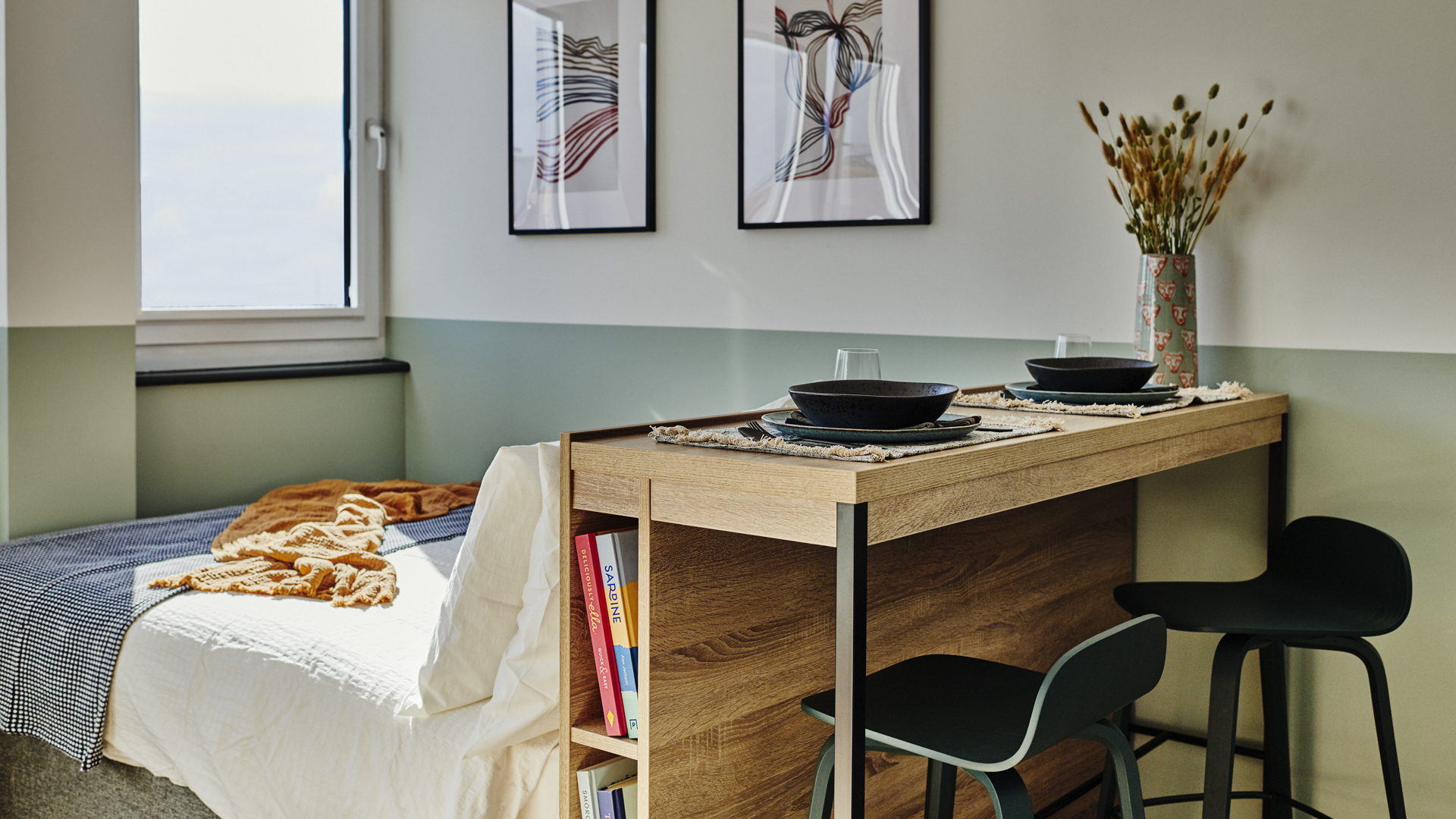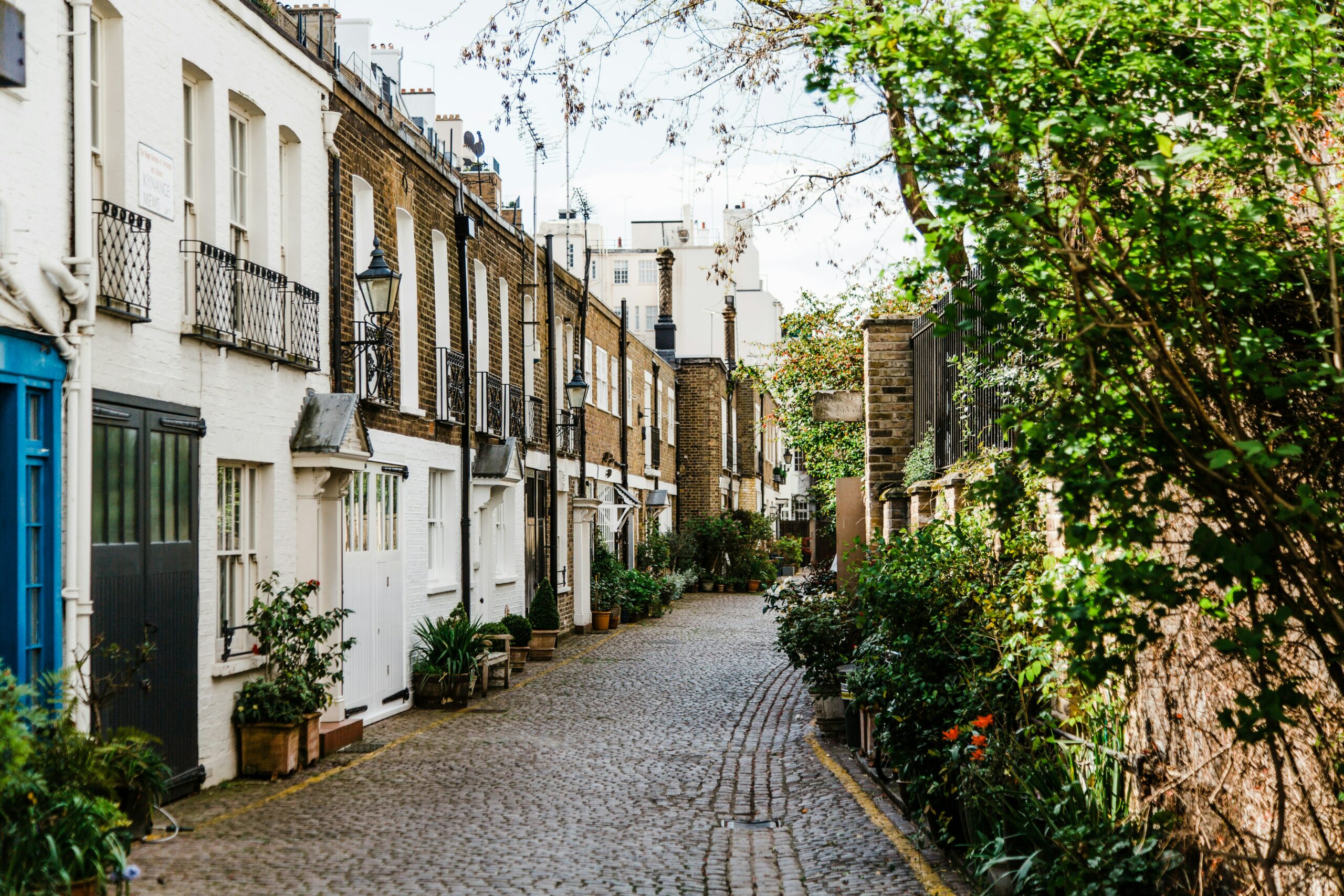
Exploring Deptford’s History – A Guide
Deptford, nestled on the banks of the River Thames in south London, has a long and rich past with hundreds of years of maritime history that has sculpted the area into what it is today. From a dockyard that was founded by one of the most famous royals to have ever lived, to an enormous restoration project following decimation during the Second World War, Deptford has been a huge focus for industry and change over the last 2,000-or-so years.
If you’re thinking of moving into the area or you’re curious about what it has to offer, here, we’ll explore Deptford history and uncover some of the incredible stories from this iconic spot in south London.
A brief history of the Deptford area
Deptford is named after a ford that once crossed the Ravensbourne, a tributary of the River Thames that snakes its way south through the centre of the area, and is now known as Deptford Creek. The word Deptford is a corruption of the phrase ‘deep ford’, and is a great example of simply naming something as you see it. – it’s a ford and it’s deep: Deptford.
The ford was frequently used by Celts and later paved by the Romans, who were known for their strong and durable roads. It’s unfortunately no longer standing (but that’s no reflection on Roman craftsmanship), but Deptford Bridge DLR station now stands close by and transports commuters across the capital – a far more efficient way of getting people around.
In the late 15th century, it was the site of a battle, known as the Battle of Deptford Bridge, when Michael An Gof, one of the leaders of the Cornish Rebellion, led a protest against King Henry VII due to what they considered to be unfair taxes. Unfortunately, the king won, and Michael An Gof was left to lick his wounds – of which there were many, considering he was hung, drawn and quartered.
Deptford was also featured in Chaucer’s Canterbury Tales, which really put the region on the medieval map – even though it only made an appearance in the prologue. Still, it’s a pretty major claim to fame for Deptford.
The Deptford Dockyard
Also during the 15th century, Henry VIII did what he did best and threw his weight around after deciding he wanted to move into the area, and nearby Deptford Strand (also known as Deptford Strond) was transformed into a hub of maritime trade and activity. It became a key asset for trade, and the famous Honourable East India Company used the docks until the 17th century. This became Deptford Dockyard, and Trinity House was formed in the area – the organisation that oversaw naval navigation but later moved to nearby Stepney.
Deptford Dockyard became an integral part of Queen Elizabeth I’s efforts to explore the world, and she even knighted famed explorer Sir Francis Drake in Deptford in 1581.
Over the years, ships got larger but unfortunately, the River Thames did not – so, by the 18th century fewer ships were made in Deptford, with docks in coastal towns like Plymouth and Portsmouth far more accessible. However, Deptford became the docks of choice for the cattle industry, and by the turn of the 20th century, around 50% of all meat eaten in the city came through Deptford.
With its position as a maritime leader coming to an end, Deptford was in need of a resurgence. In 1899, The Albany opened following efforts earlier in the decade to raise funds by local philanthropists. The Albany is a 300-seat or 500-standing venue containing two studio theatres, a bar, cafe and rehearsal and meeting rooms. It’s the epicentre of creativity in the area and continues to host music, dance, poetry, school events, kids shows, roller discos and everything in between to this day.
During the First World and Second World Wars, the docks transformed into an army supply reserve depot, and the entire area felt the brunt of German bombing raids. One terrible night during the Blitz, a Woolworths building was destroyed, which claimed 160 lives. After the war was over, the area was slowly rebuilt, but high levels of unemployment left many parts of Deptford struggling for several decades until the late 20th century.
What is happening in the area now?
Deptford has had a roller coaster existence for over a thousand years. During the Tudor period, it boomed and during the two world wars, it was unfortunately bombed. From the 1960s the area became a shadow of its former self.
However, Deptford is currently undergoing huge change. It’s now in the middle of a huge restoration project, with millions being invested into the area to give Deptford High Street and the surrounding area a new lease of life. The council recognises just how influential Deptford’s creative scene is and seeks to introduce new event spaces so food tours, classes, exhibitions and galleries can bring in talent and encourage the development of new voices.
As well as this, the high street is getting a boost with new market stalls and event spaces, and all new building frontages to make the area more appealing for visitors and locals. The council will also support local businesses, and they’re even offering apprenticeships for up-and-coming market traders.
While historically Deptford hasn’t had much luck, the future is seemingly incredibly bright. The area is now a hive of activity, from incredible creatives to world-class dining options. And, with costs being 25% less than they are in Greenwich, now’s the time to strike if you’re interested in moving into this emerging area.
Rent in Deptford with UNCLE
Now that you know all about Deptford’s fascinating history, what’s stopping you from making that big move? Here at UNCLE, we’re applying the finishing touches to our fully-serviced, affordable apartments right in the centre of Deptford – why not join the waitlist now to receive updates on this fabulous new development?

How to Manage Your Budget as a Renter
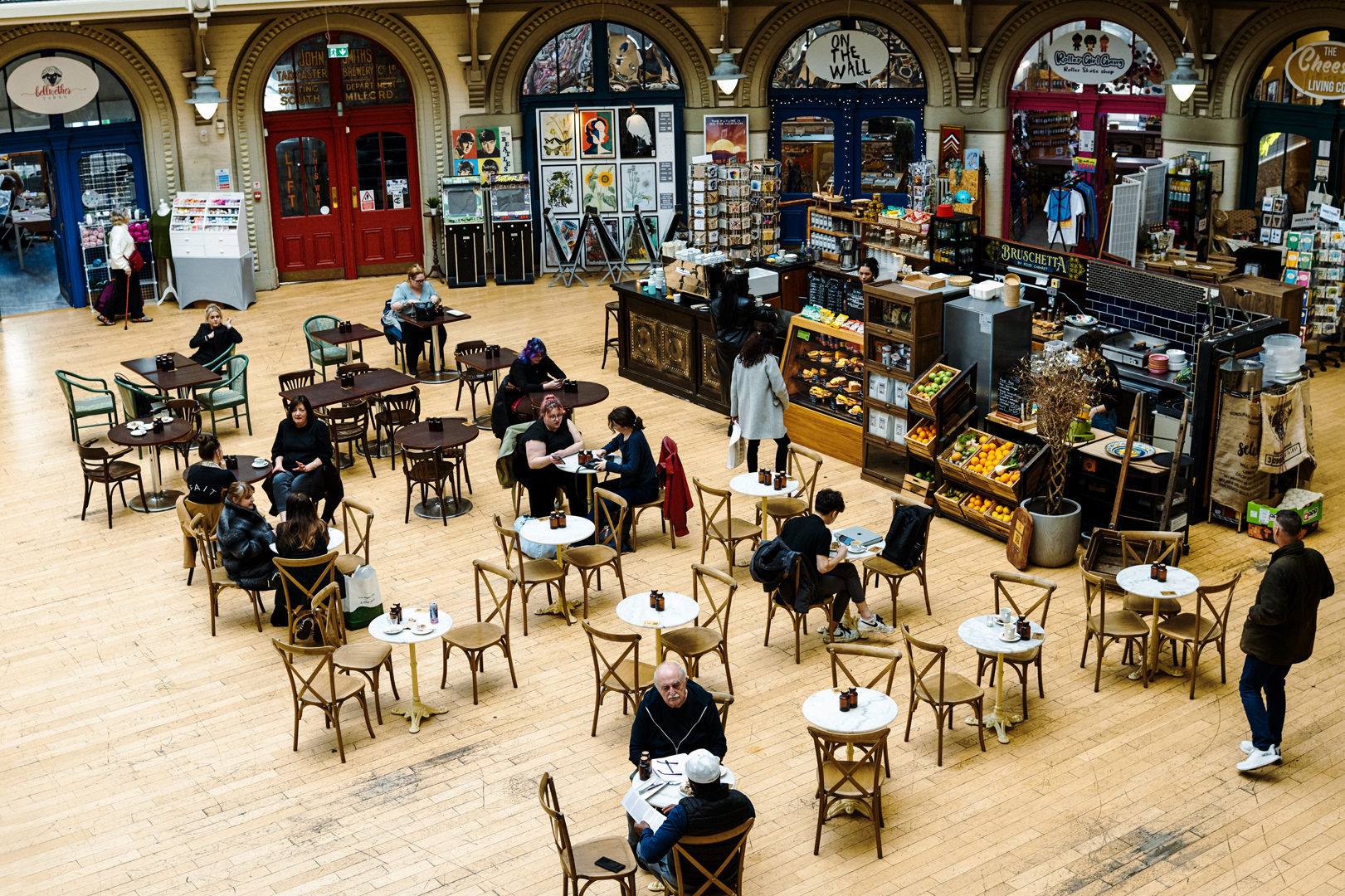
Exploring Fun Things to Do in Leeds: A Comprehensive Guide
